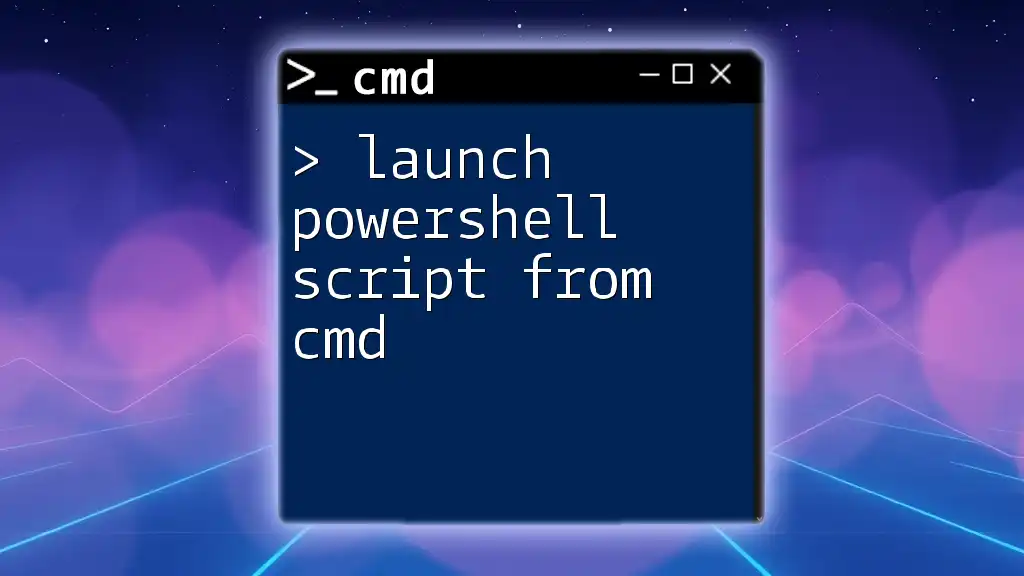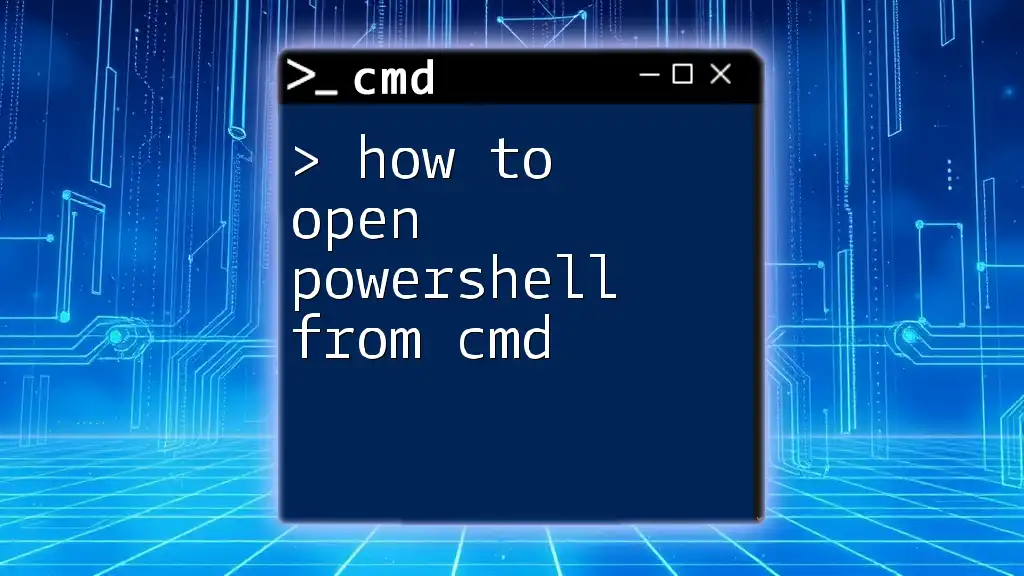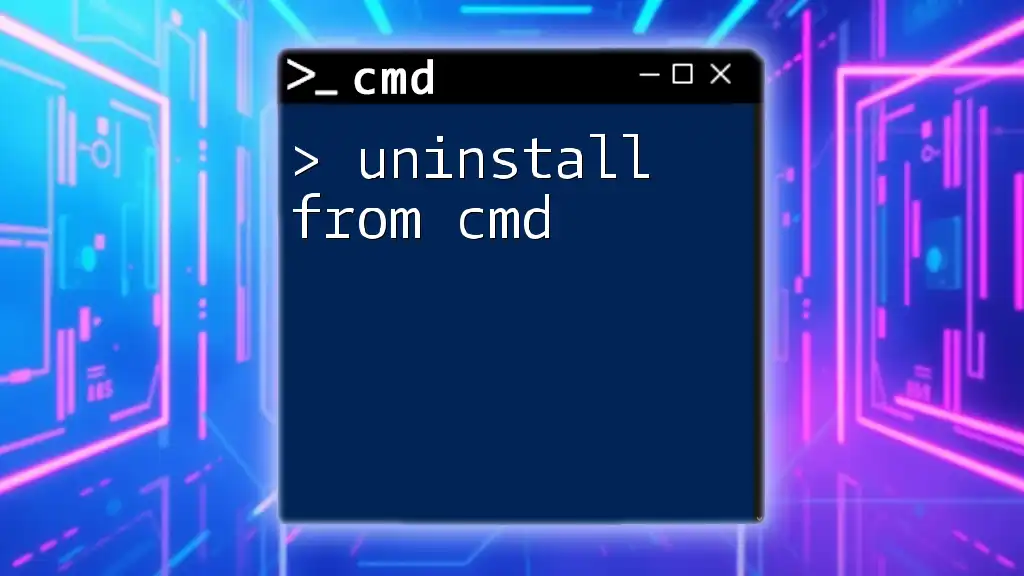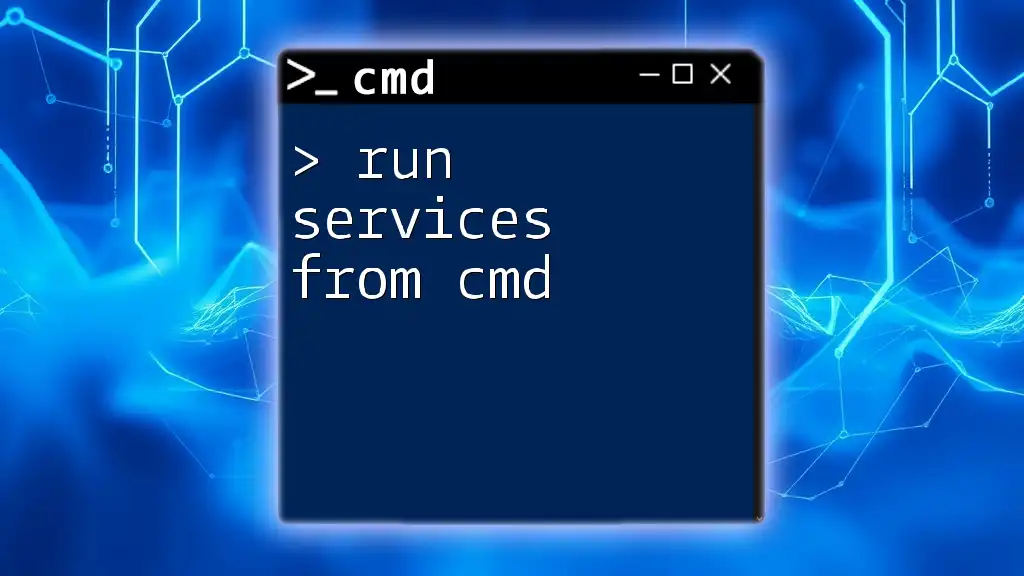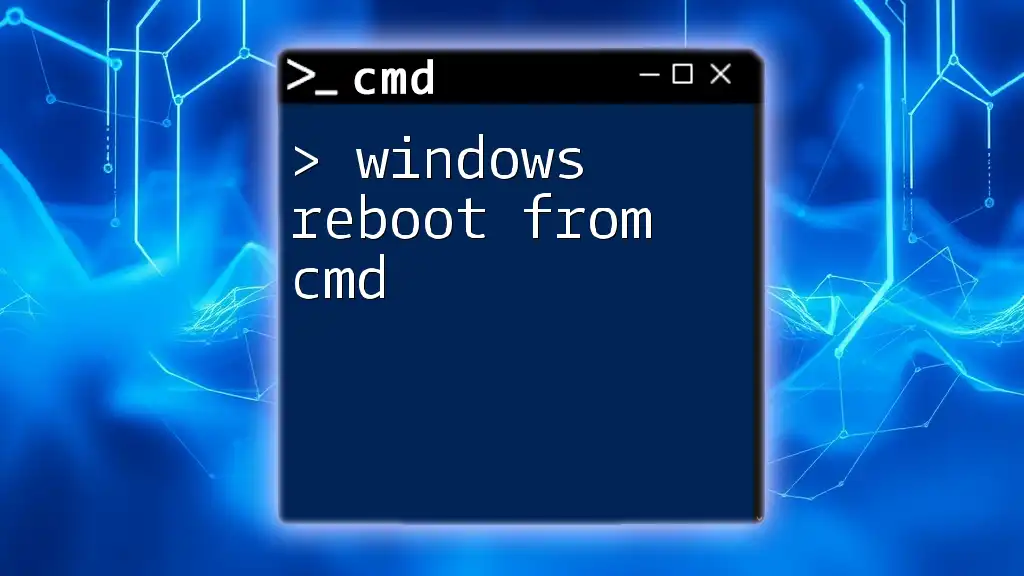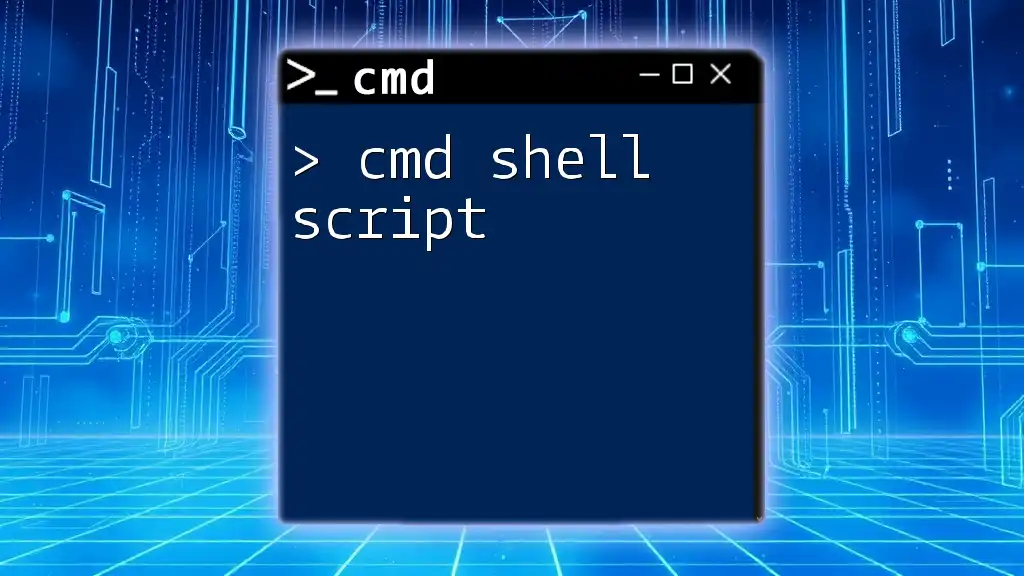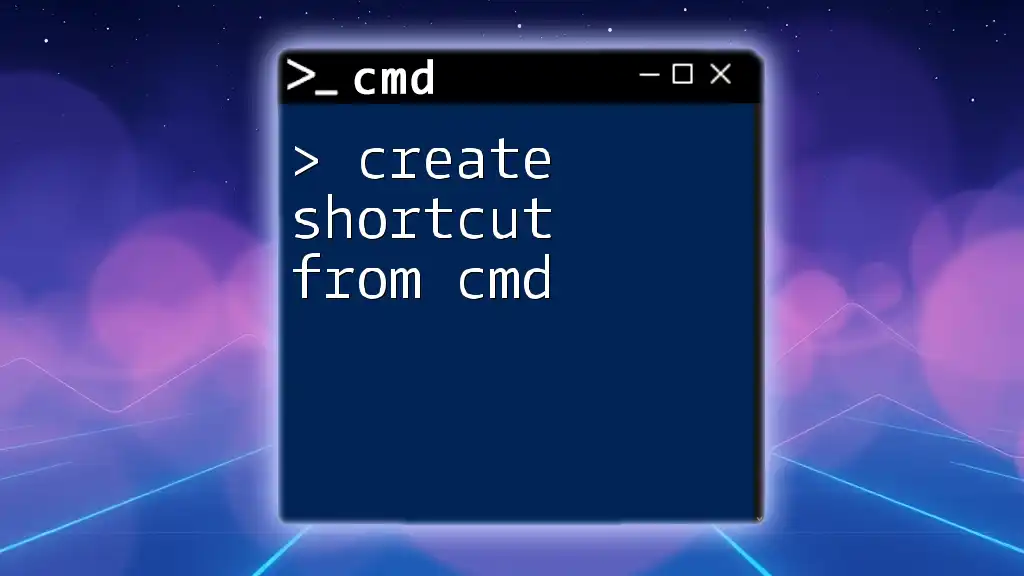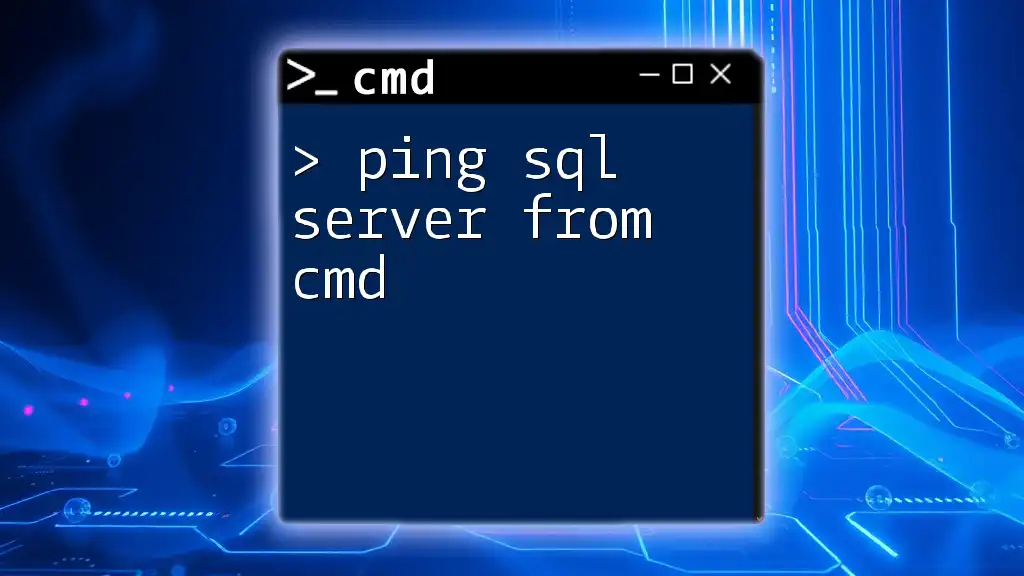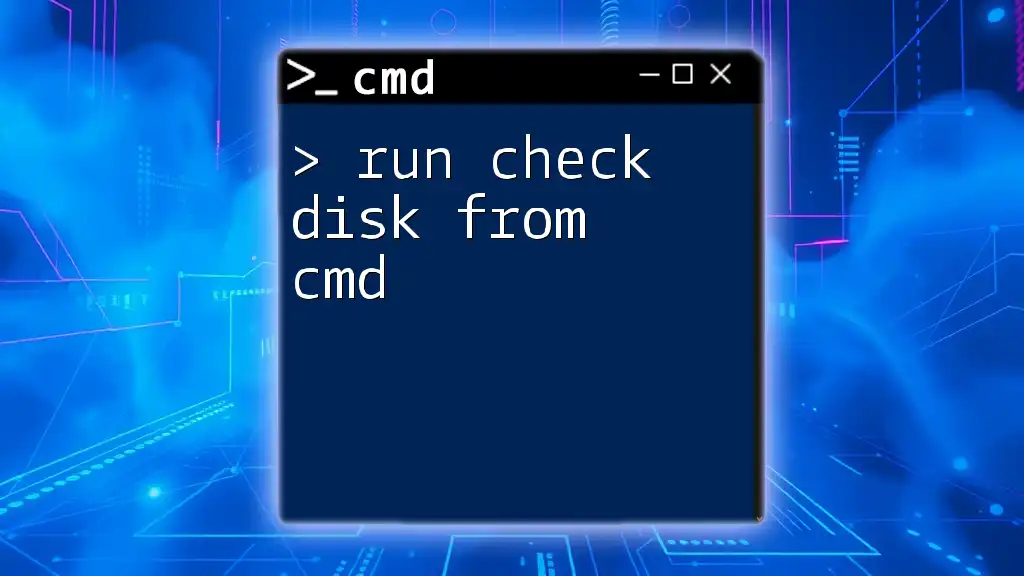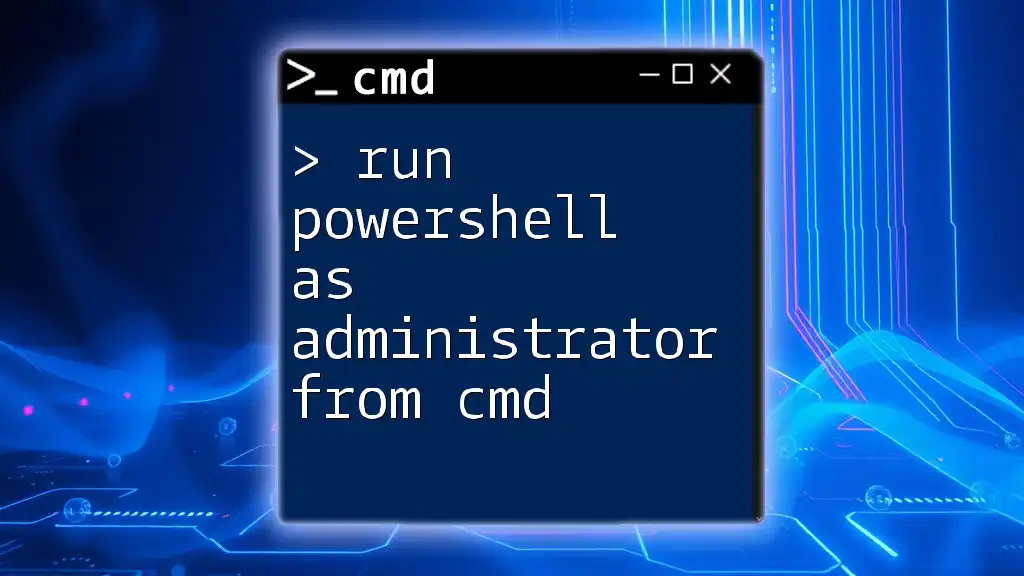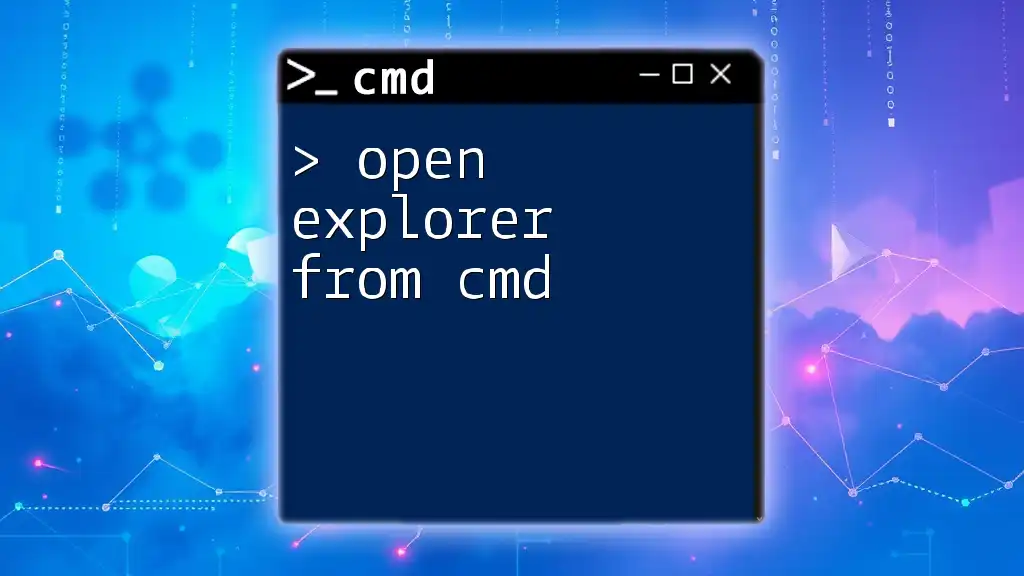You can launch a PowerShell script from the Command Prompt (cmd) by using the following command syntax, replacing `C:\Path\To\YourScript.ps1` with the actual path to your PowerShell script.
powershell -ExecutionPolicy Bypass -File "C:\Path\To\YourScript.ps1"
What is PowerShell?
PowerShell is a task automation and configuration management framework developed by Microsoft. It consists of a command-line shell and associated scripting language, designed to control and automate the administration of the Windows operating system and applications. Unlike traditional command-line interfaces such as CMD, PowerShell is built on the .NET framework and brings a myriad of features that make it more powerful and versatile.
Key Features of PowerShell
-
Object-oriented scripting: Unlike CMD, which deals mainly with text output, PowerShell operates with objects. This allows for more complex data manipulation and the ability to send and receive data between different commands seamlessly.
-
Extensive cmdlets and modules: PowerShell has a rich library of cmdlets (command-lets) that streamline various tasks. These cmdlets are designed to perform specific functions and can be combined to create powerful scripts.
-
Pipeline capabilities: PowerShell supports pipelines, enabling you to pass output from one cmdlet directly into another. This can significantly reduce the number of commands needed to perform a complex task.
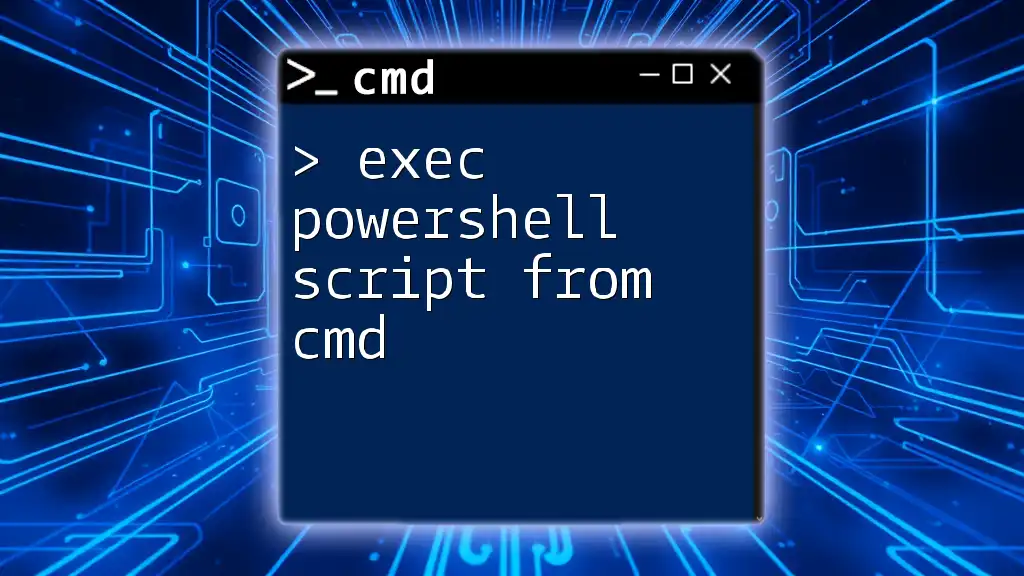
Understanding the CMD Environment
The Command Prompt, or CMD, is the default command-line interpreter for Windows operating systems. It provides a user interface for executing commands in a text-based format. While CMD is sufficient for basic tasks like file manipulation and system administration, it lacks the advanced scripting capabilities provided in PowerShell.
Brief Overview of Command Prompt (CMD)
CMD primarily focuses on executing individual commands, making it highly suited for straightforward administrative tasks. However, due to its limitations in handling complex operations, many users seek to harness the additional power of PowerShell.

Prerequisites for Running PowerShell Scripts from CMD
Before launching a PowerShell script from CMD, ensure your environment is appropriately set up:
Setting Up Your Environment
-
Check Installation: Make sure PowerShell is installed on your system. It comes pre-installed in Windows 7 and later, but older versions may need you to download it.
-
Execution Policy Settings: PowerShell has settings that determine if scripts can be run. It's imperative to check and configure the execution policy to ensure your scripts can run without issues.
- To view the current execution policy, open PowerShell and input:
Get-ExecutionPolicy- If necessary, you can change this setting to "Bypass" using:
Set-ExecutionPolicy Bypass -Scope Process
Creating a Simple PowerShell Script
Next, create a simple PowerShell script to test launching it from CMD. Here’s how you can do it:
- Open a text editor like Notepad or Visual Studio Code.
- Write the script. For example:
# Example Script: HelloWorld.ps1 Write-Host "Hello, World!" - Save the script with a `.ps1` file extension, for instance, `HelloWorld.ps1`. It’s good practice to store it in a clearly labeled directory for easy access.
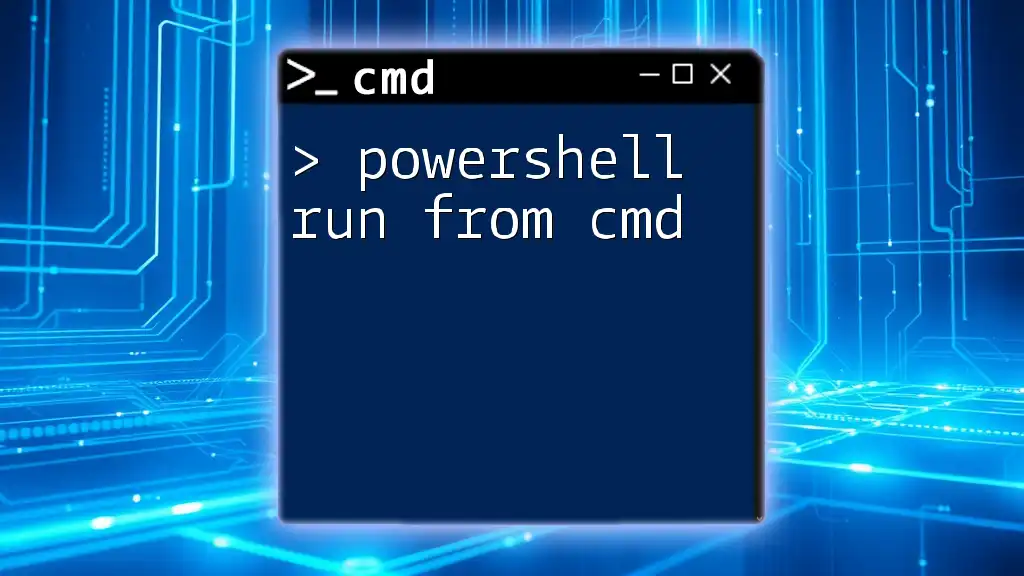
Launching PowerShell Scripts from CMD
Now, let’s explore how to launch a PowerShell script directly from the CMD environment.
Basic Command Structure
To run a PowerShell script from CMD, use the following syntax:
powershell -ExecutionPolicy Bypass -File "C:\path\to\your\script.ps1"
Detailed Breakdown of Command Components
- powershell: This command starts the PowerShell environment within CMD.
- -ExecutionPolicy Bypass: This parameter allows you to bypass any restrictions enforced by the execution policy, making it essential for running scripts.
- -File: This option specifies the script file that you want to execute.
- Path Considerations: If your script is not in the default directory, use the full path to prevent errors.
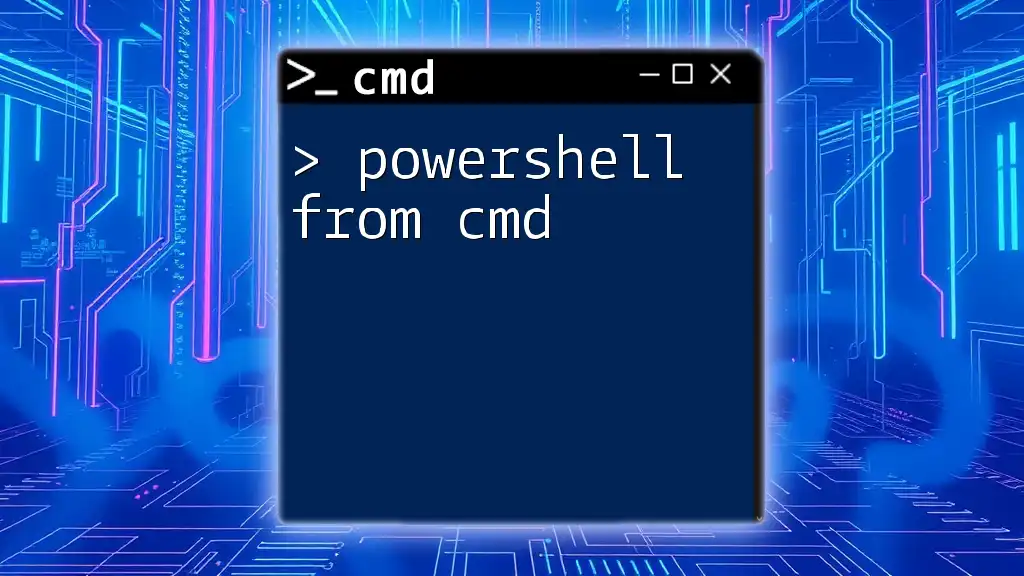
Using Arguments in PowerShell Scripts
One of PowerShell's strengths is its ability to accept parameters, allowing for dynamic script execution.
Passing Parameters from CMD
To pass parameters into your PowerShell script, modify the script to accept parameters. Here's an example of a script that takes an argument:
param (
[string]$name
)
Write-Host "Hello, $name!"
To run this script with a parameter from CMD, use:
powershell -ExecutionPolicy Bypass -File "C:\path\to\your\script.ps1" -name "User"
This command will output: `Hello, User!`, demonstrating how you can create more interactive scripts by passing in values.
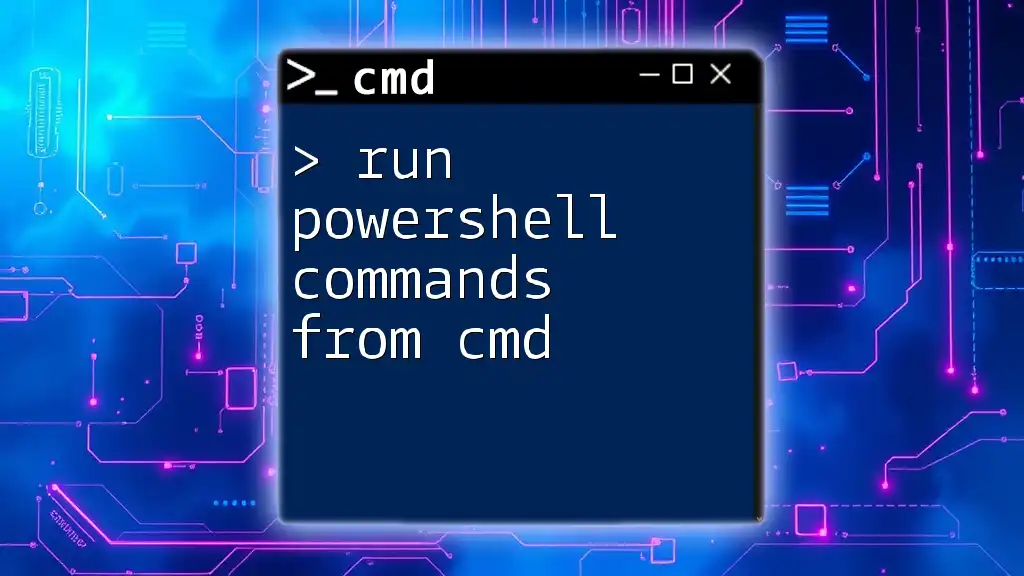
Common Issues and Troubleshooting
When running PowerShell scripts from CMD, you might encounter a few common issues:
Execution Policy Errors
If the execution policy is restrictive, you may see an error message preventing the script from running. To resolve this, ensure you are setting the execution policy as demonstrated earlier to "Bypass".
Path Not Found Errors
Double-check the path to ensure it is correct. If you receive a "path not found" error, verify that you are using the exact path to your script and that the file indeed exists there.
Permissions Denied
If you get a permissions error, it could mean you need to run CMD with elevated privileges. Right-click on the CMD shortcut and select “Run as administrator.”
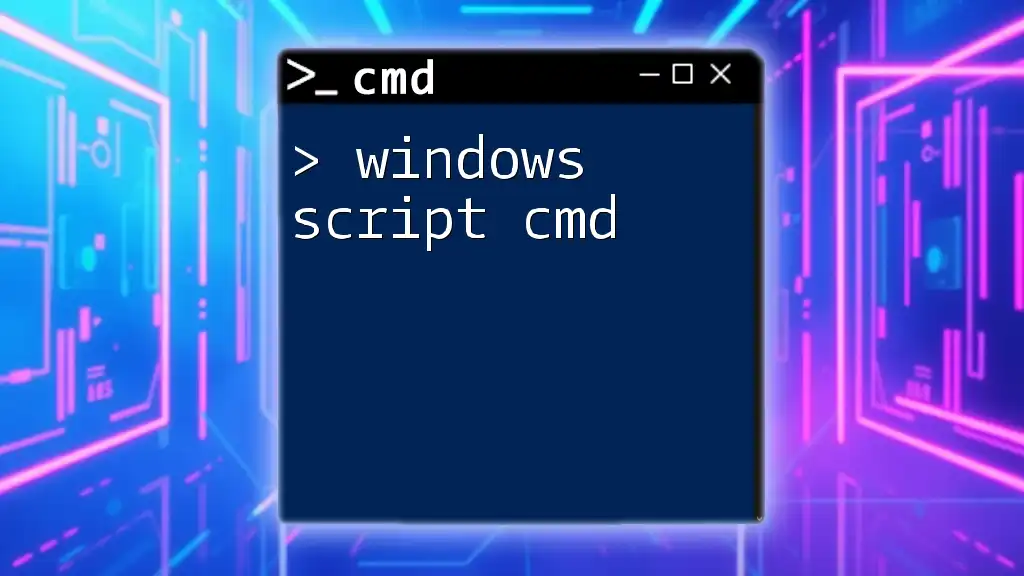
Best Practices for Running PowerShell Scripts
Security Considerations
Always be cautious of the scripts you execute. Understand what a script is designed to do before running it, especially if it comes from an untrusted source. Avoid running scripts with elevated privileges unless absolutely necessary.
Organizing Scripts for Easy Access
To streamline the process, organize your scripts in a dedicated folder. This makes management easier and allows you to quickly access your scripts. Additionally, consider setting environment variables pointing to your script directories to avoid typing out long paths.
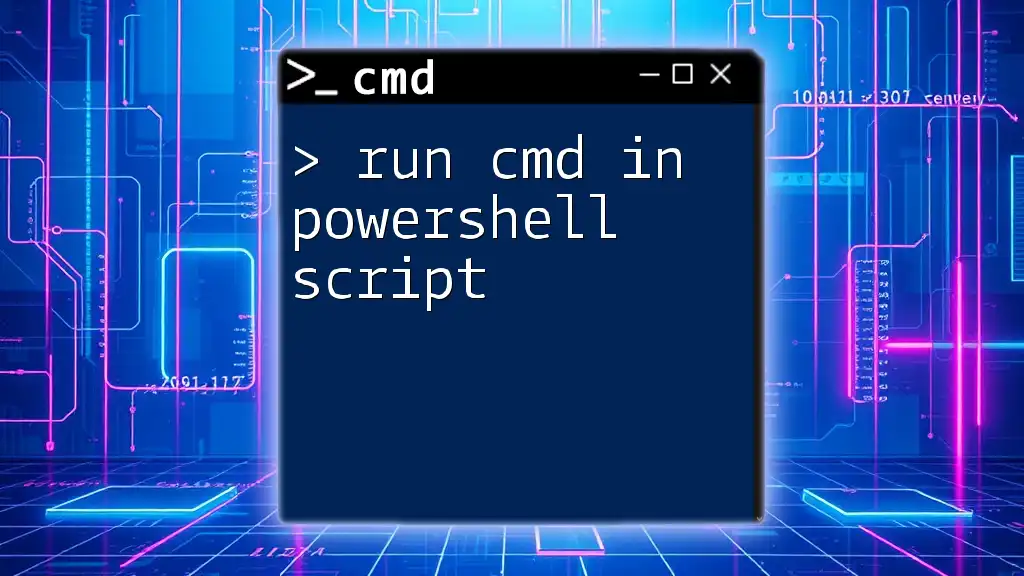
Conclusion
Integrating PowerShell scripts with CMD can significantly streamline various administrative tasks, providing more flexibility and efficiency. By learning to launch PowerShell scripts from CMD, you are taking a critical step towards becoming proficient in Windows automation. Don’t hesitate to explore more of what PowerShell has to offer, as it holds powerful features designed to enhance your workflow.
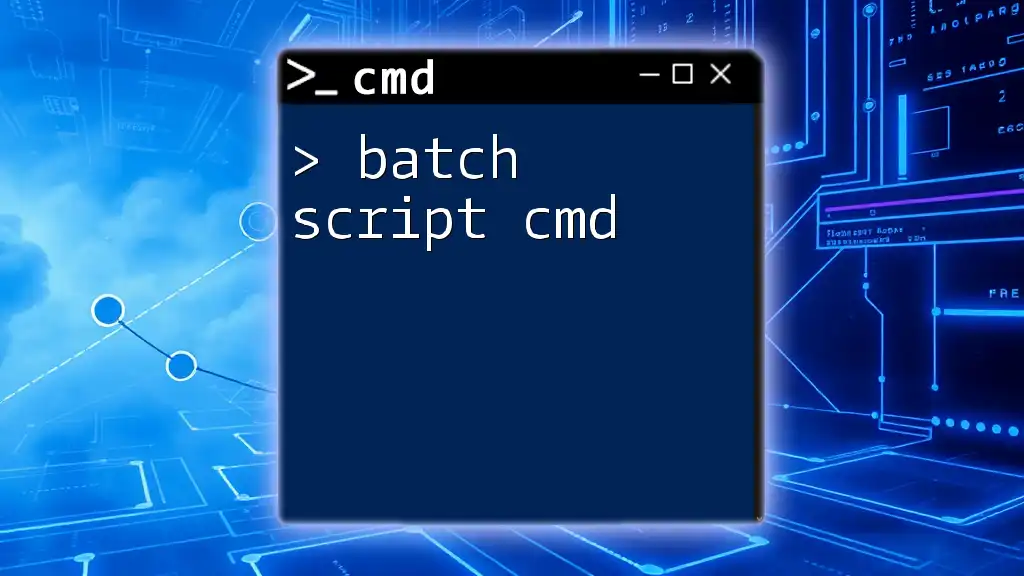
Additional Resources
For those interested in diving deeper, consult additional articles and guides that focus on more intricate PowerShell cmdlets and CMD commands to further expand your knowledge and skills in both environments.

